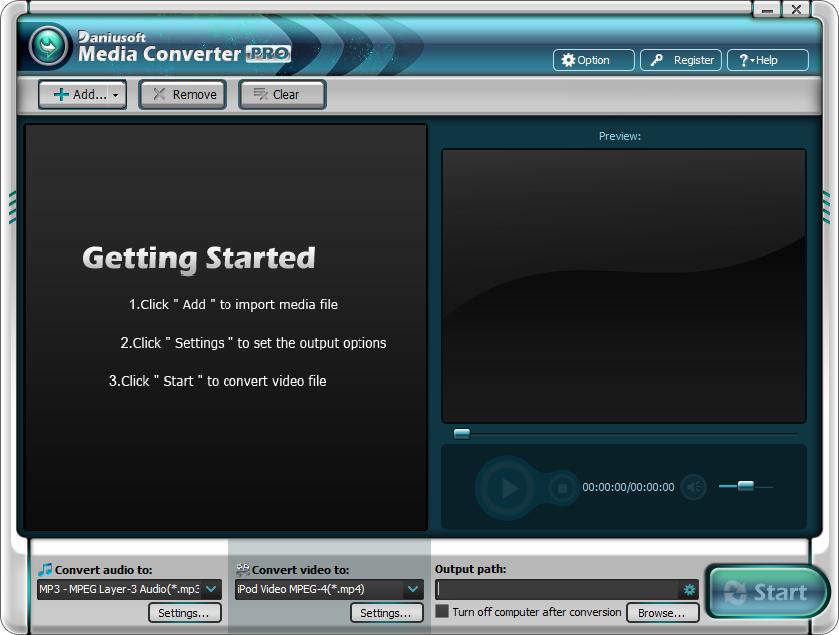Just went through my first XP to 7 upgrade for a customer and it was pretty painless. The Windows 7 upgrade package comes with a list of instructions for upgrading from XP since you cannot do an in place upgrade but basically do a complete reinstall. The recommended options include running the Windows 7 upgrade advisor to check hardware and software for compatibility and using the Windows Easy Transfer program to transfer files and settings to Windows 7. I skipped these steps since the laptop was new and rated for Vista and I had already checked the hardware specs; I decided to backup user files myself because I did not know what the transfer program might backup and what it might miss.
The next step was to insert the Windows 7 DVD while in Windows and run the install choosing custom install (not upgrade). I was told when I selected what partition to install Windows to that if there was an existing version of Windows, it would be backed up to Windows.old. The installer ran on its own until the end where you have to give some basic information about location, time, and enter the product key.
It appears all of the user files were left on there either in there own original folders under the C drive or moved under Windows.old if they were in the user folder.
So the nice thing I learned about this process was that you do not have to reformat and then put back all of the data files, even though it is still a good idea to backup beforehand just in case. Also, XP to 7 may be a lengthier process because of application reinstalls, but at least the process is laid out very well for the average user.
